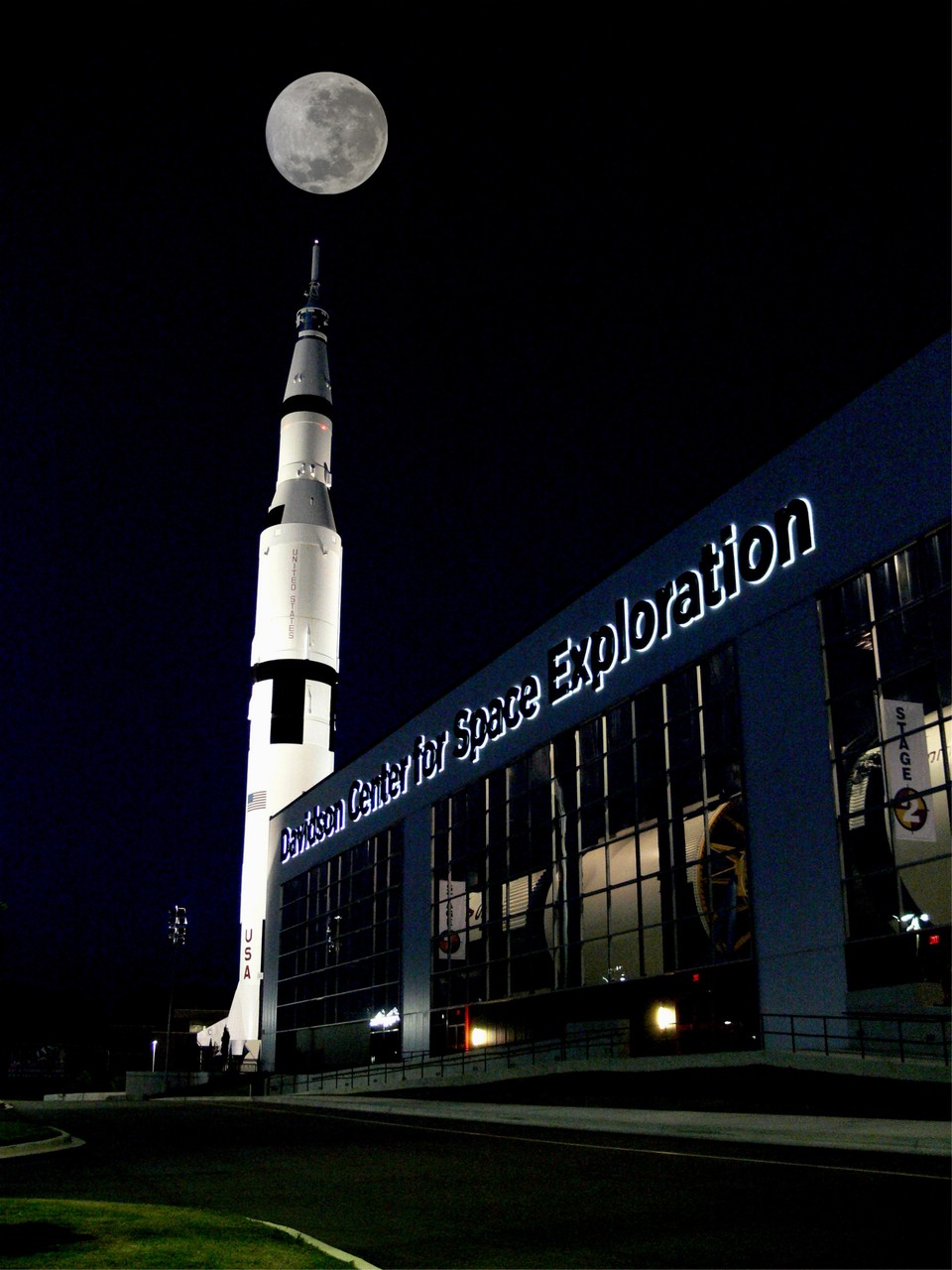
Appleseed said:In reply to Duke :
The one that sings Hey Sandy the theme for The Adventures of Pete & Pete.

Look for this car in Monterey this weekend:

(If you see it, then it made it all the way from Tennessee. Say hi to Sam. And congratulate him on his structural handiwork and the balls to drive it to Monterey and show it at Legends of the Autobahn).
NickD said:
I absolutely love push/pull rod setups. When I was in school I was half-assed designing one for my boat trailer for an IRS setup. I should probably pick that back up and see if I can finish it.
Mr_Asa said:NickD said:
I absolutely love push/pull rod setups. When I was in school I was half-assed designing one for my boat trailer for an IRS setup. I should probably pick that back up and see if I can finish it.
What's the benefit of this on a miata? Looks like added complexity and weight up high for no real benefit.
Educate me please.
In reply to wvumtnbkr :
It looks like the original spring/shock location was in the way of engine bits.
The benefit is the same as any race car with push-rod suspension. You can engineer the bellcranks so that the shocks move as much as 2 times as much as the tire patch. So if the tire moves an inch the shock may move more than an inch.
Why is that important? In modern race cars there is not a lot of wheel movement. With small movements the shocks just "flutter". There is not enough fluid movement to take advantage of the trick valving. But if you can get the shocks to move more you eliminate the "flutter".
Plus, you can get rid of a whole bunch of unsprung weight by moving the shock and spring out of play and replacing with one chrome-moly rod.
#3 on many purpose built race cars their are serious aero issues being dealt with, and engineers don't want springs and shocks messing with their precious air flow.
You'll need to log in to post.